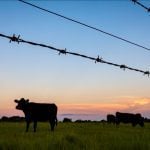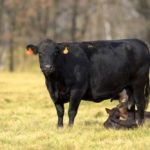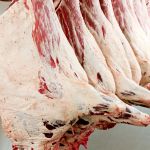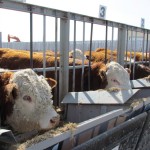Expected Progeny Differences (EPDs) predict the average performance of an animal’s future progeny for a specific trait, compared to other individuals’ progeny within the breed. They predict average group performance, rather than foretelling individual performance. “If you have a bull with a weaning weight EPD of +50 and another one with a weaning weight EPD […] Read more








